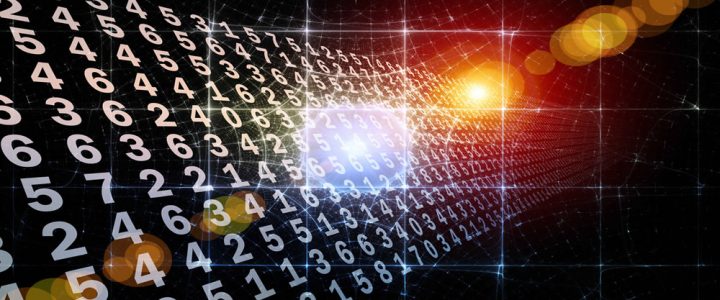| 1 YEAR | II semester | 9 CFU |
| ICT and Internet Engineering | |
| Marina RUGGIERI (cfu)
Tommaso ROSSI (cfu) |
A.Y. 2025-26
|
| Code: 80300072 SSD: ING-INF/03 |
The Digital Signal Processing teaching modules offer students the opportunity to become designer providing a solid theoretical basis, multiple design techniques and Matlab script development skills.
DSP is offered to Mechatronics students with the option of 6 credits and 9 credits format. Students who select the 6-credit option might be interested in adding a +3 credits of formative activities, with a focus on pre-assigned additional topics of the DSP realm.
 UNIVERSITA' DEGLI STUDI ROMA "TOR VERGATA"
UNIVERSITA' DEGLI STUDI ROMA "TOR VERGATA"

